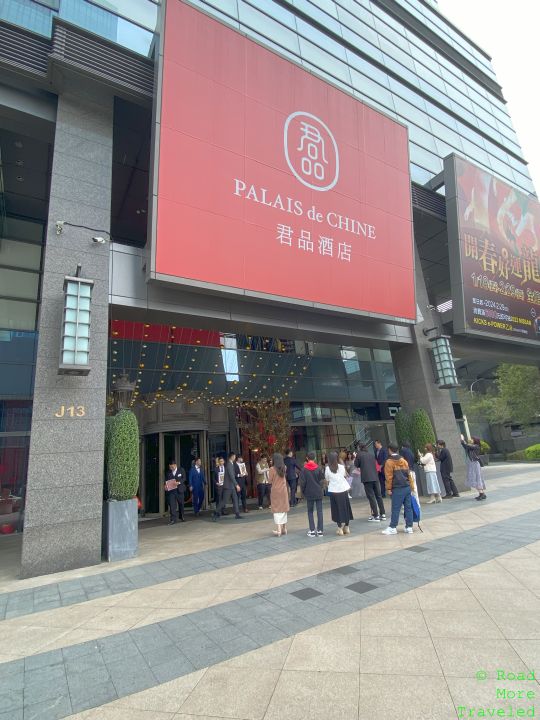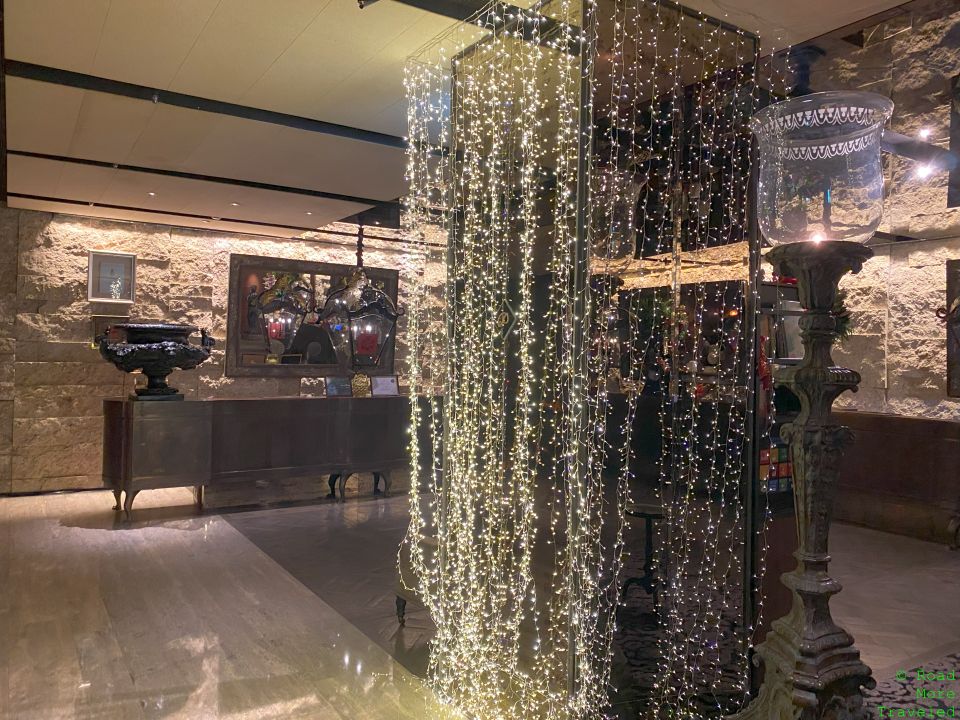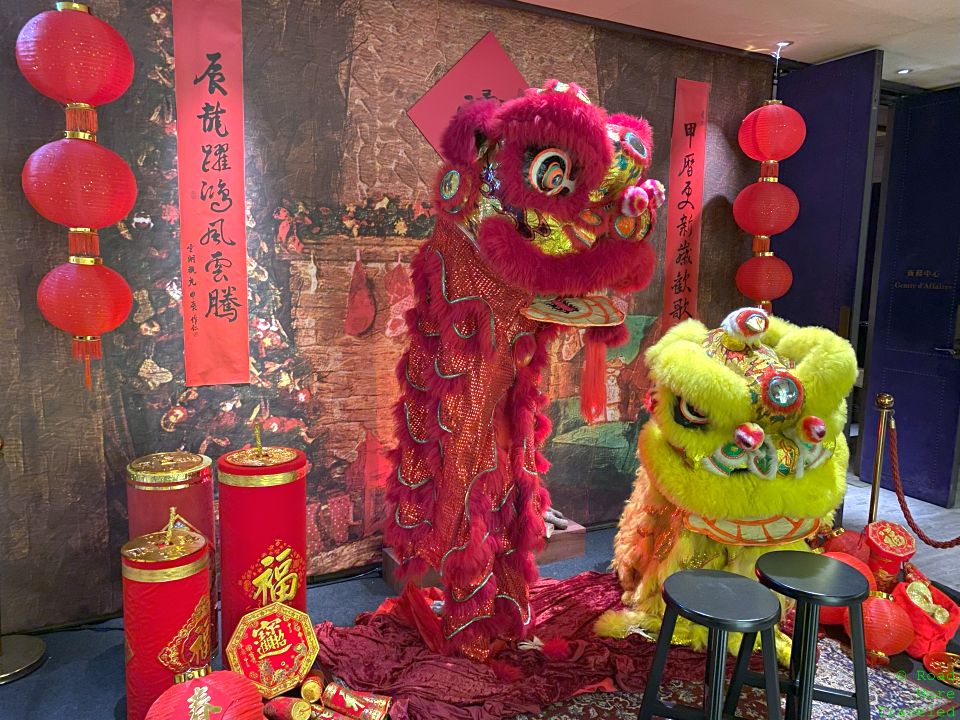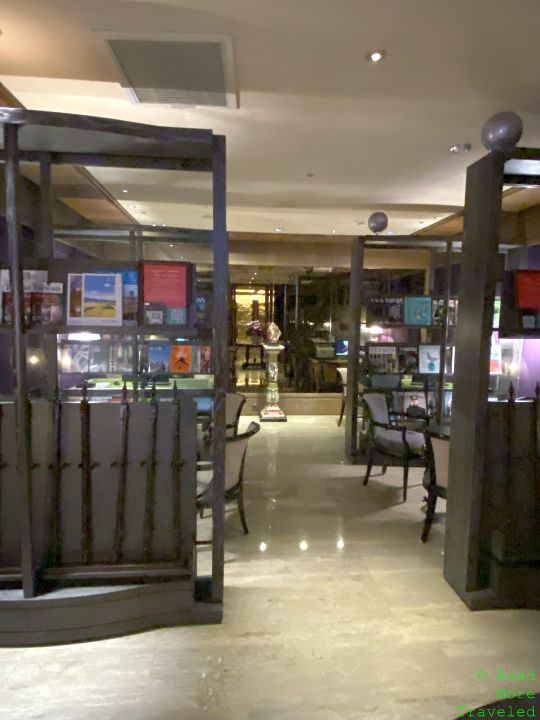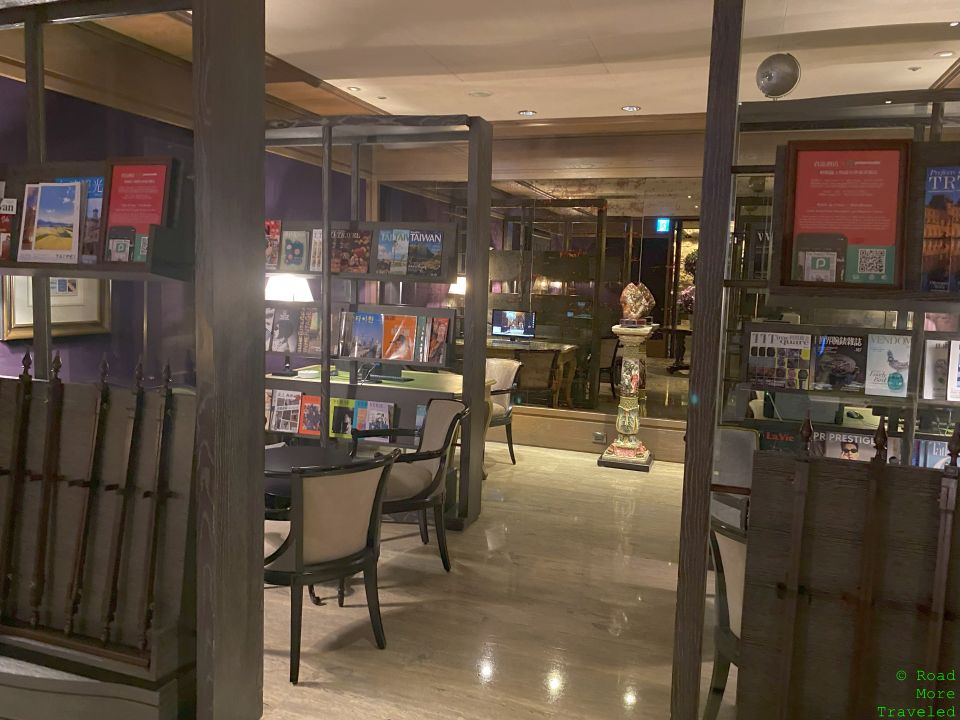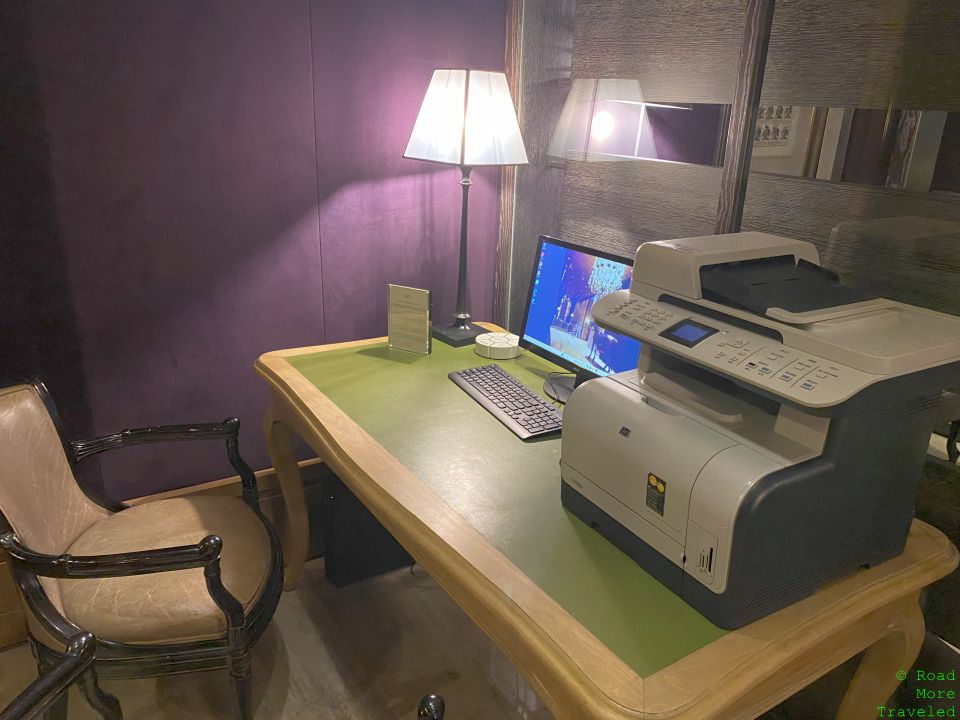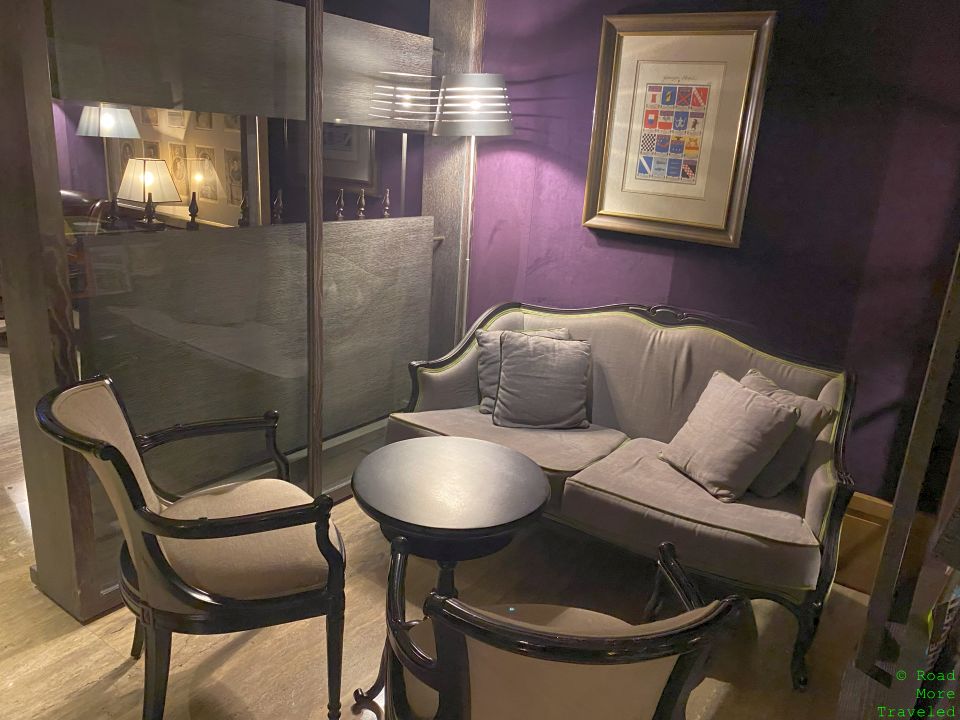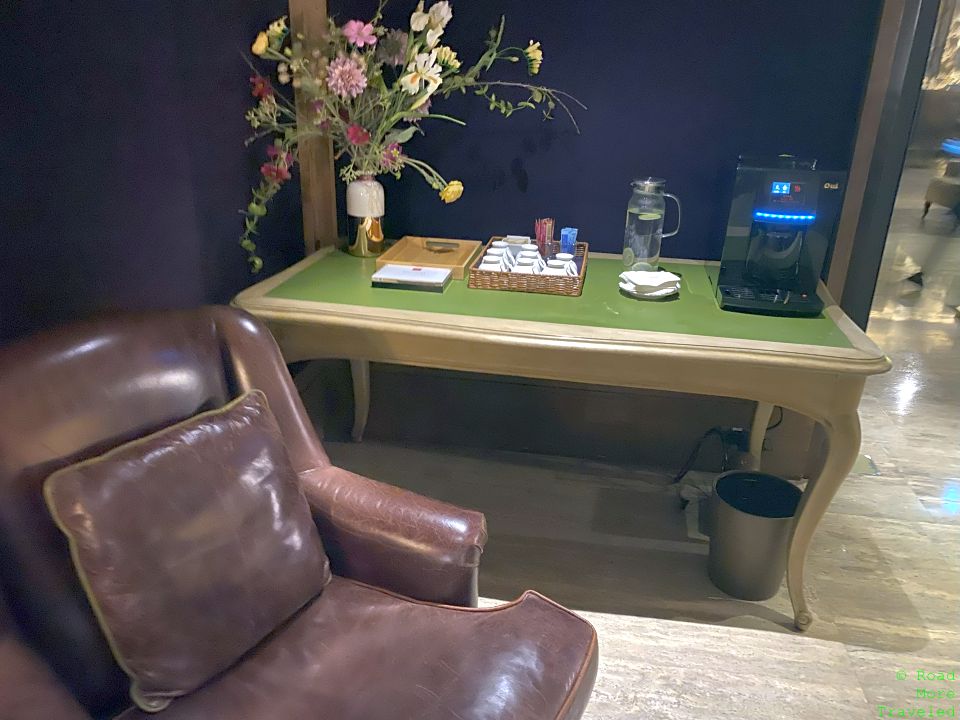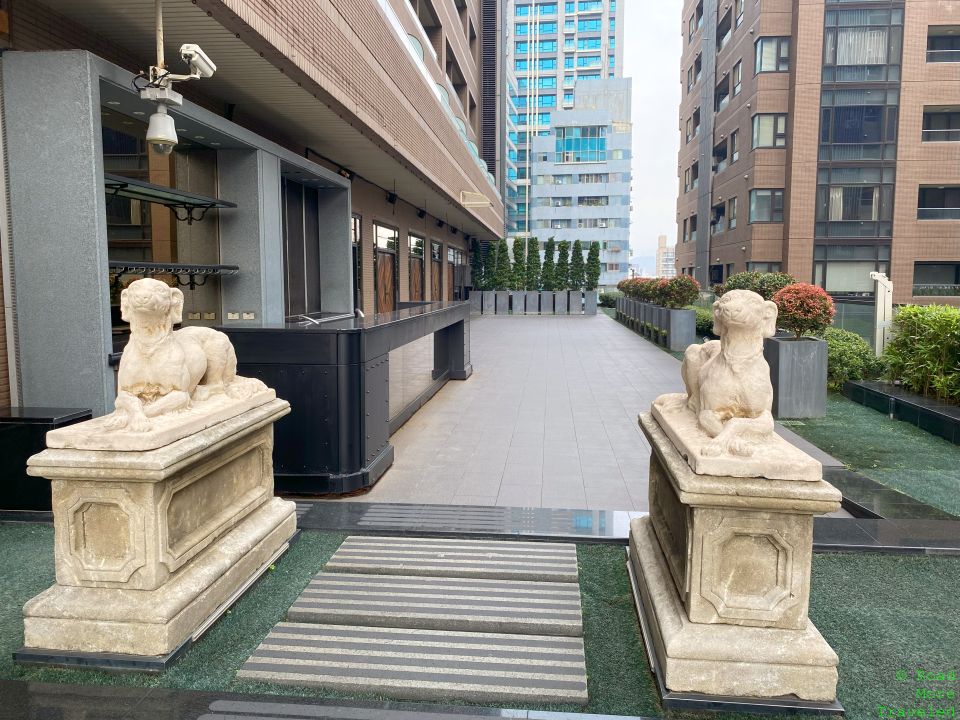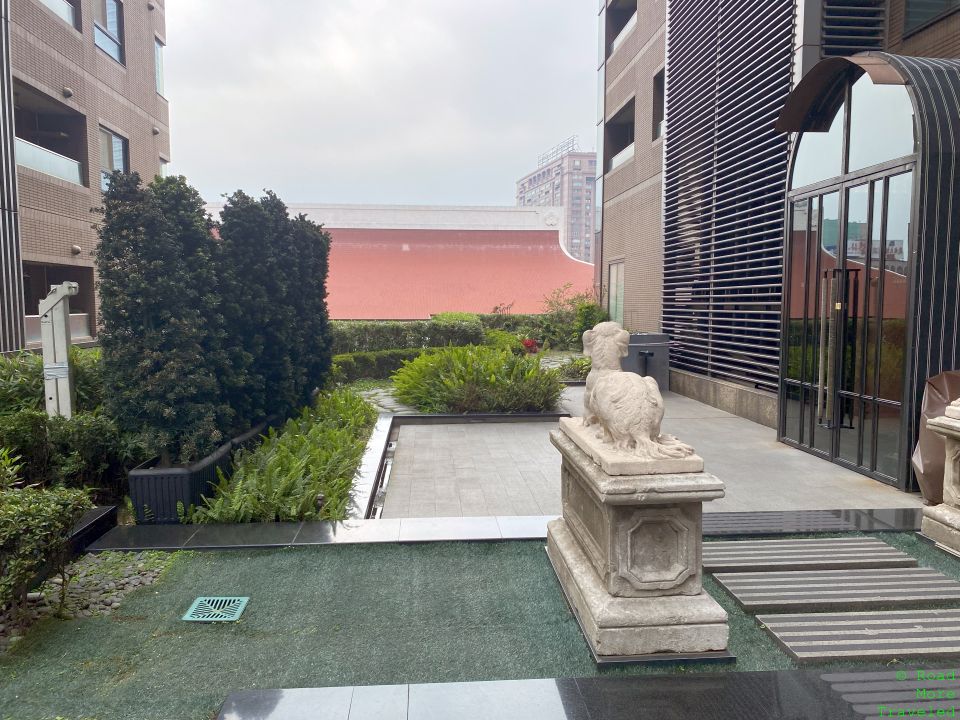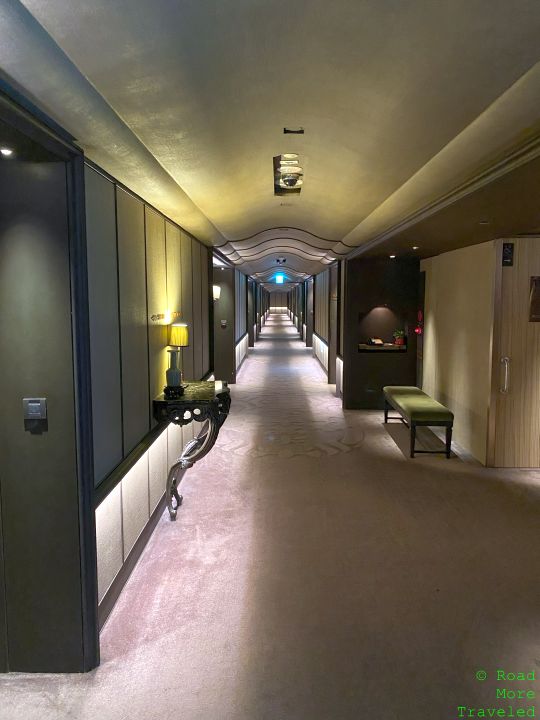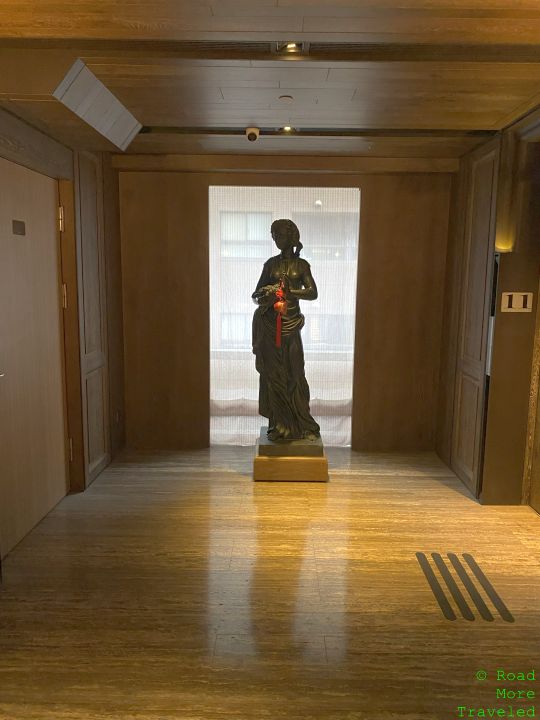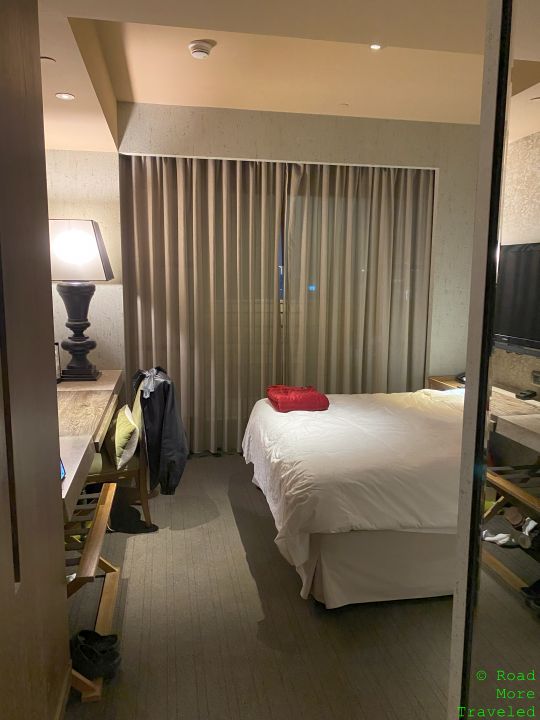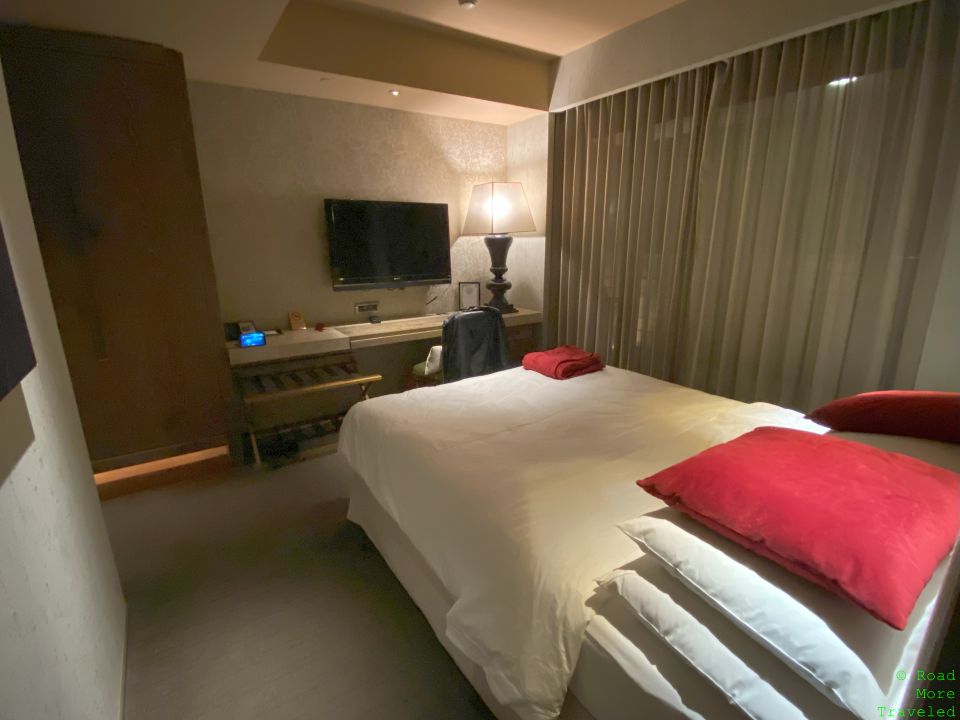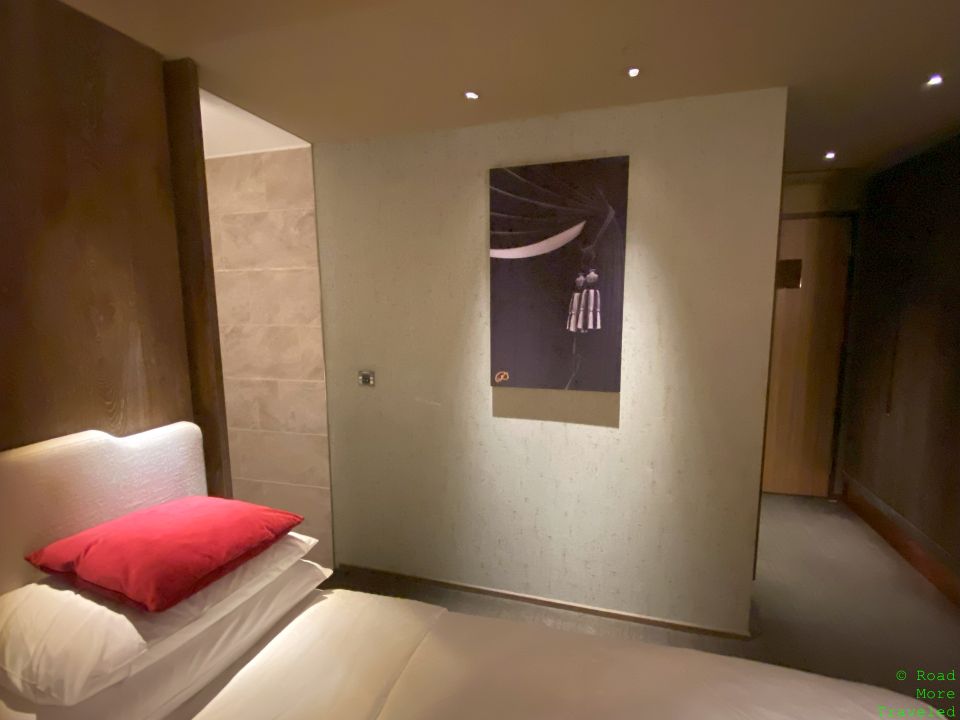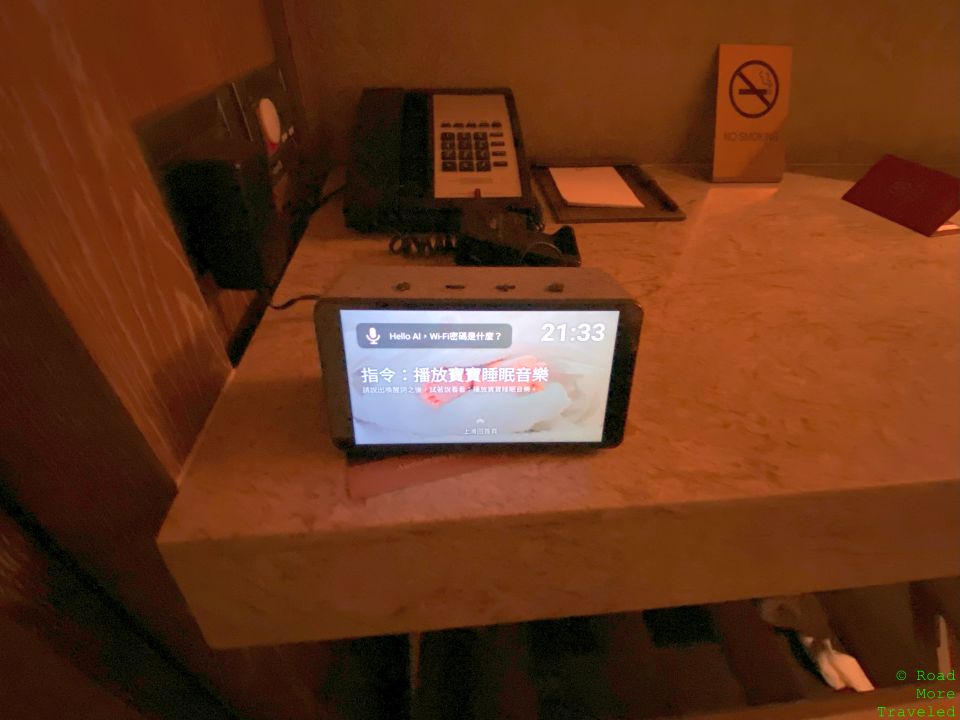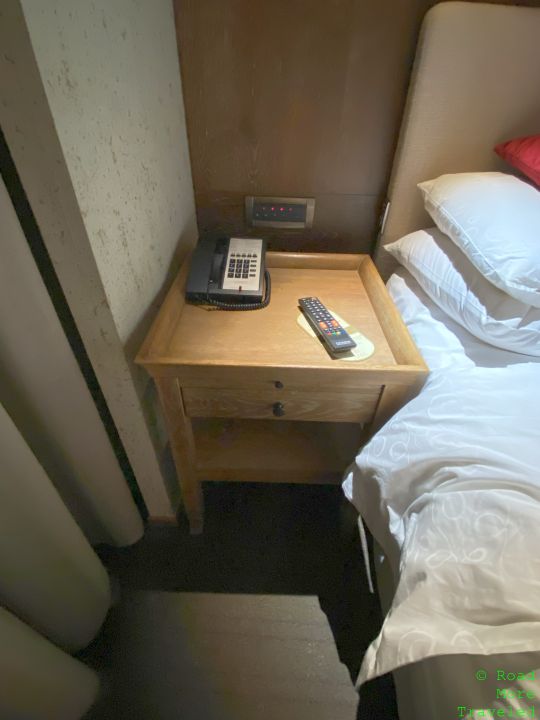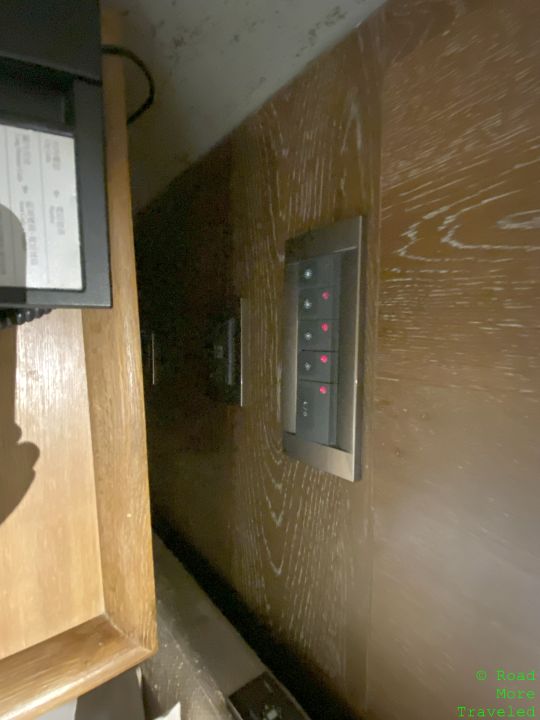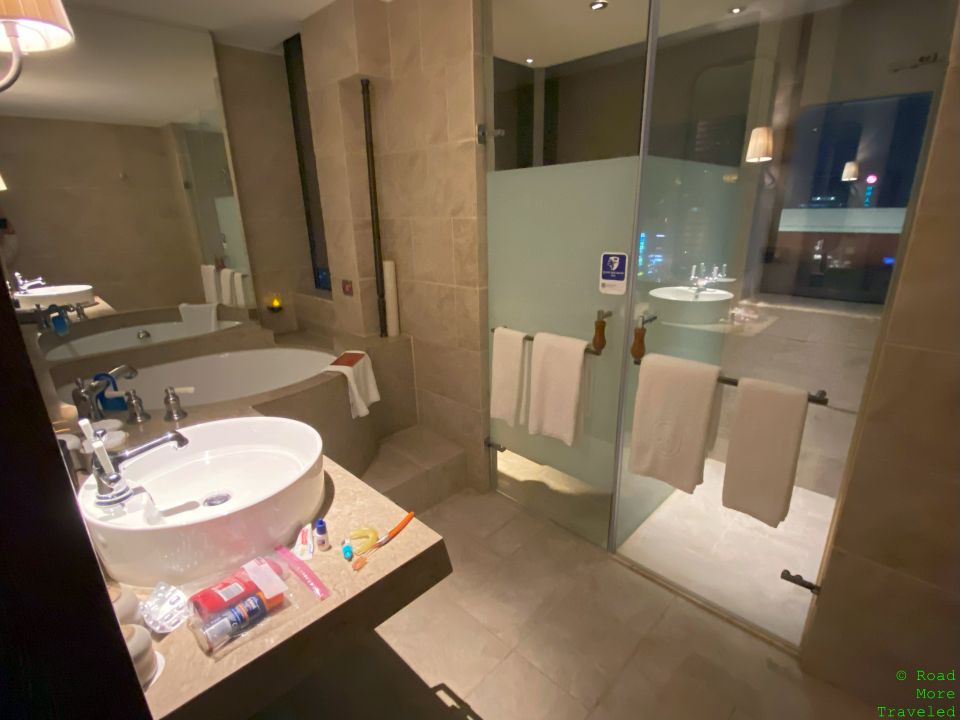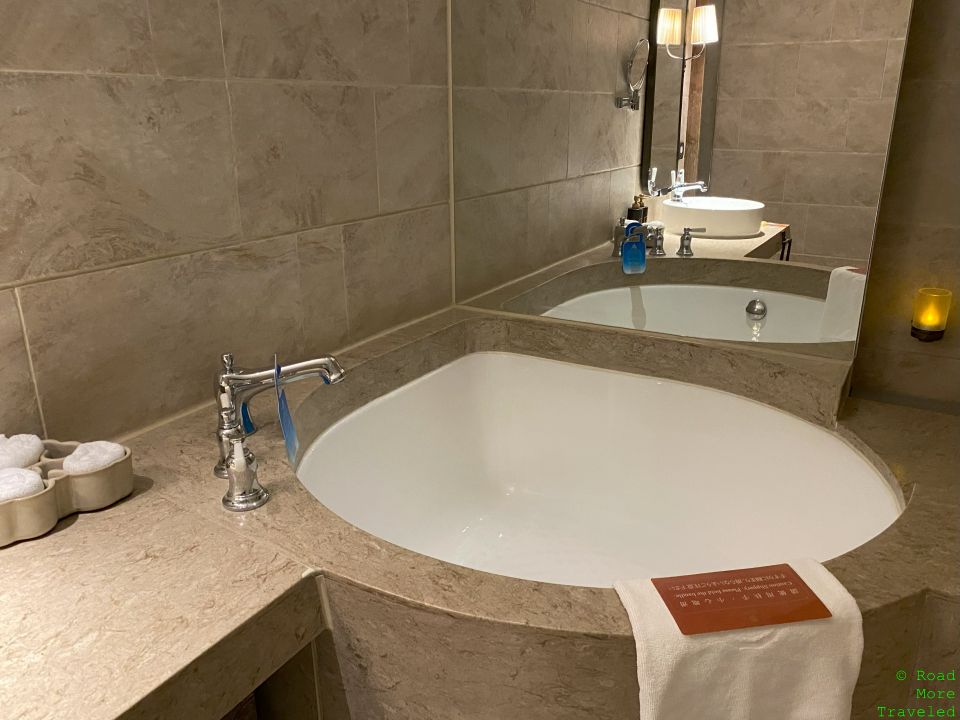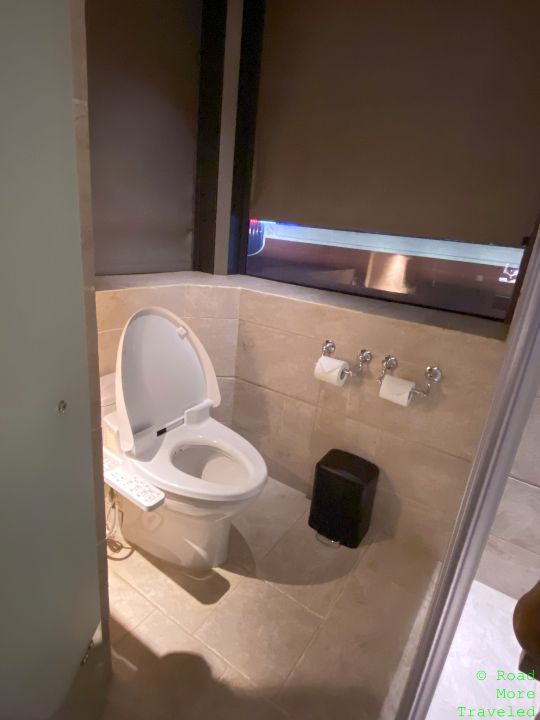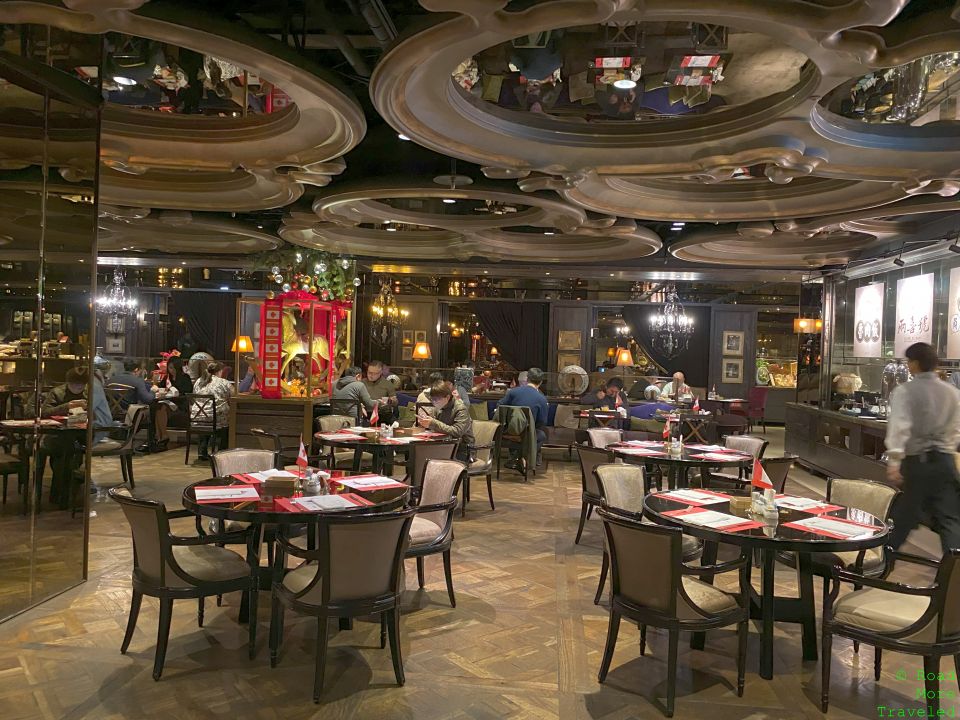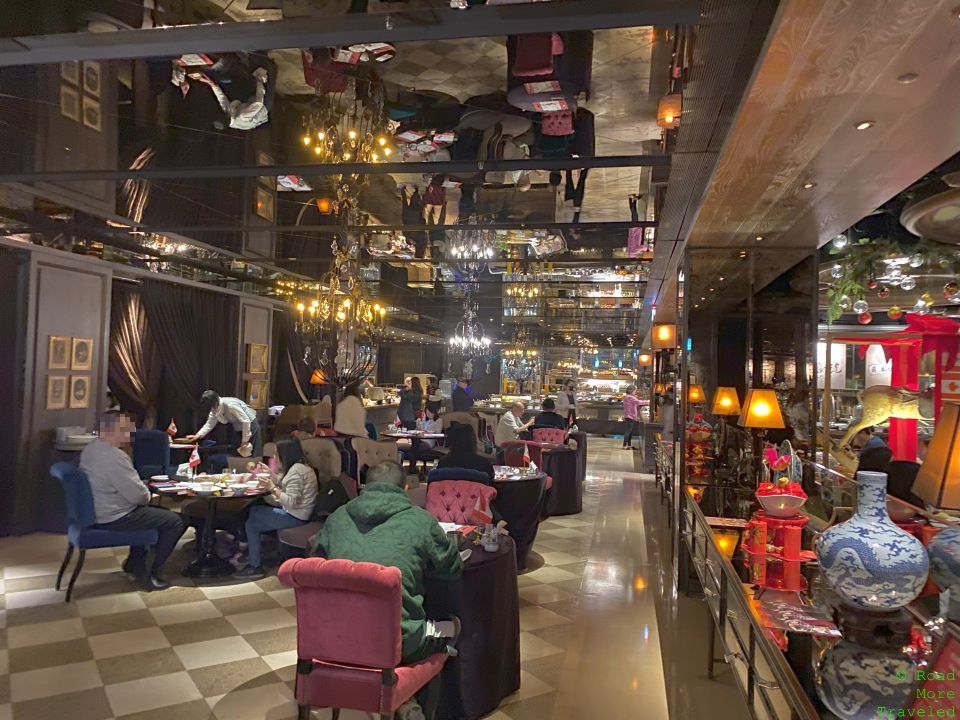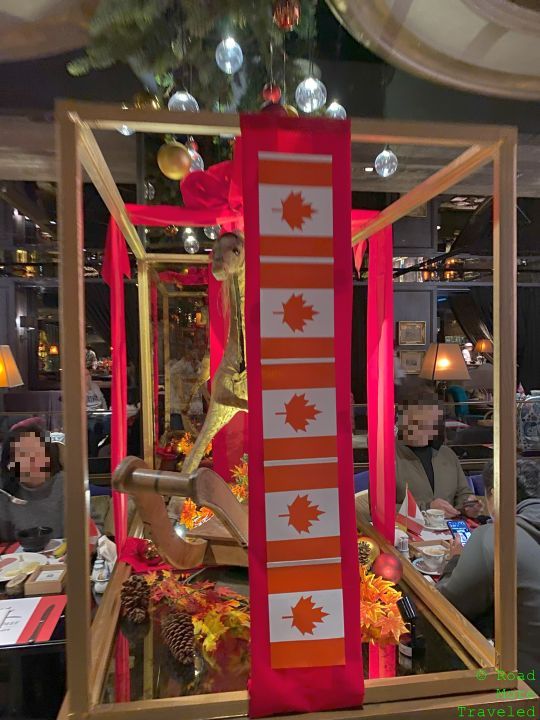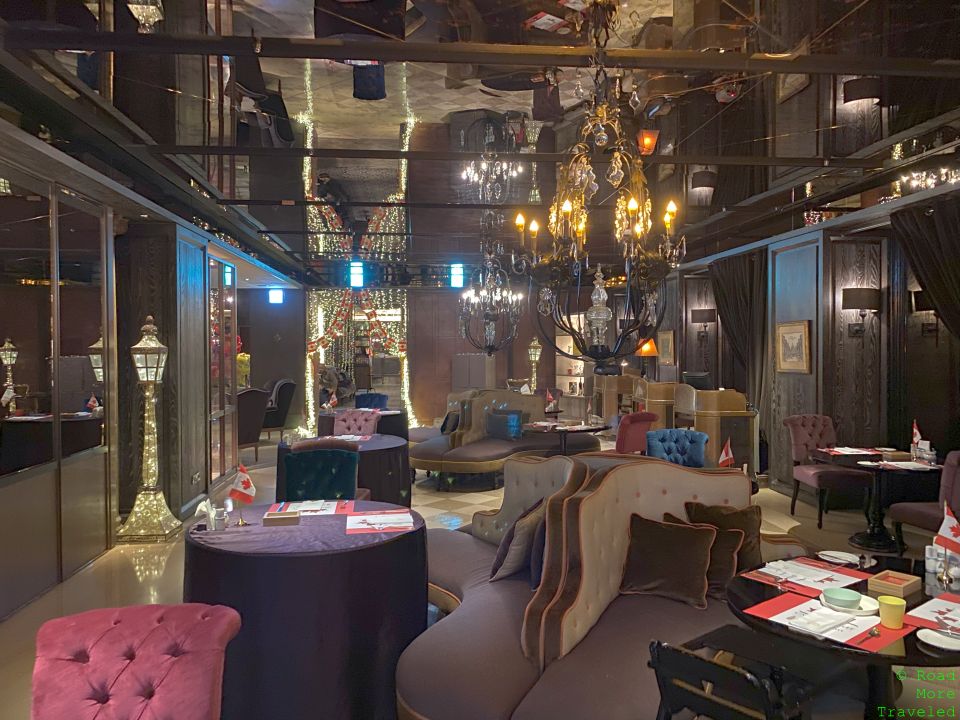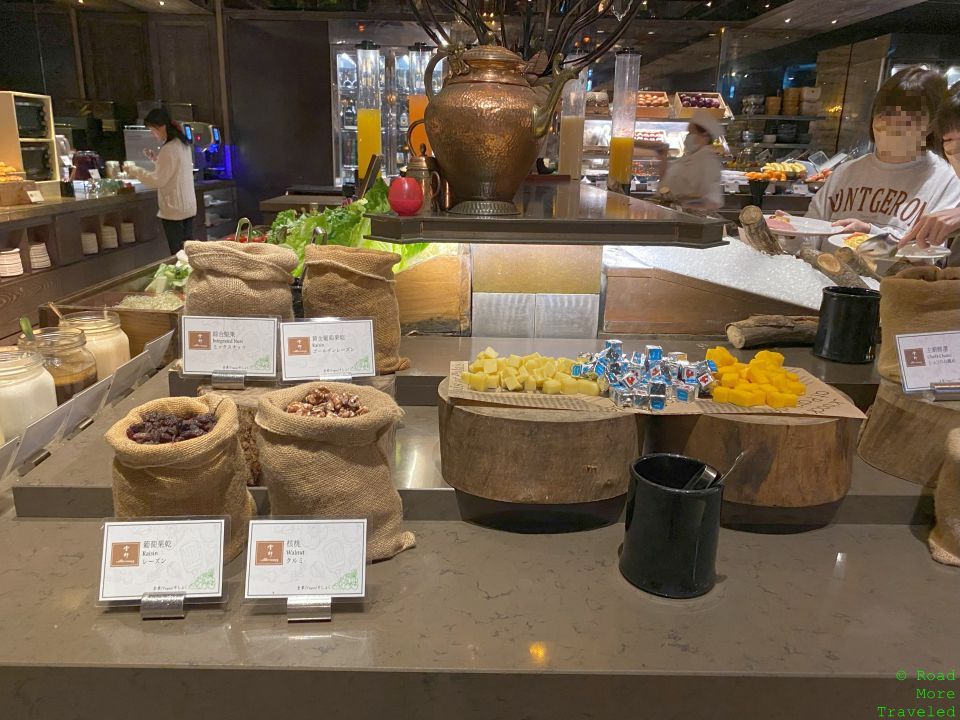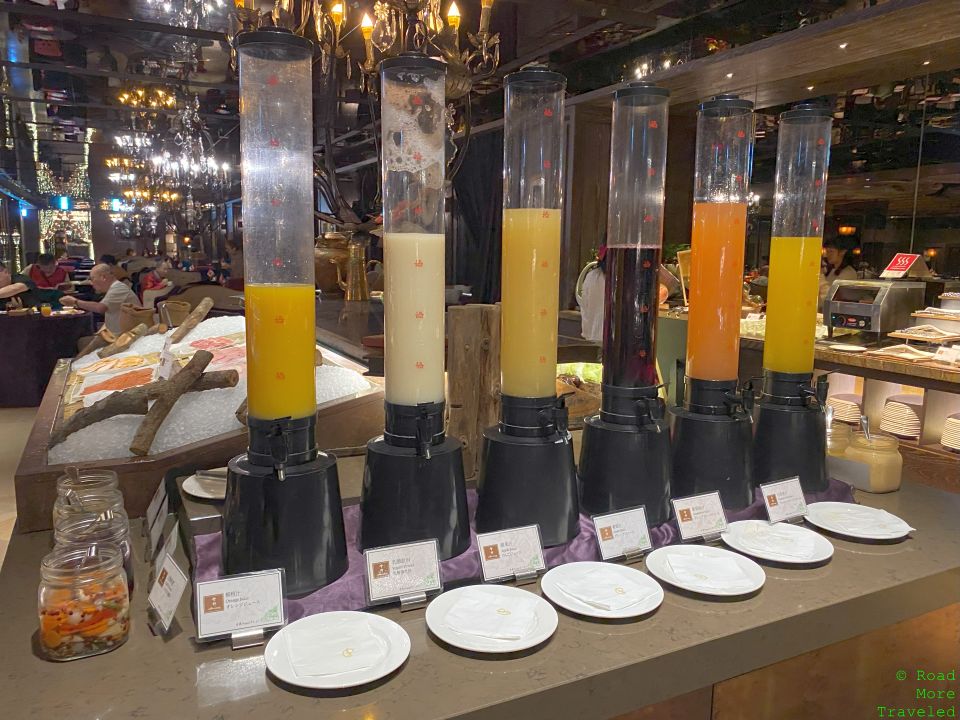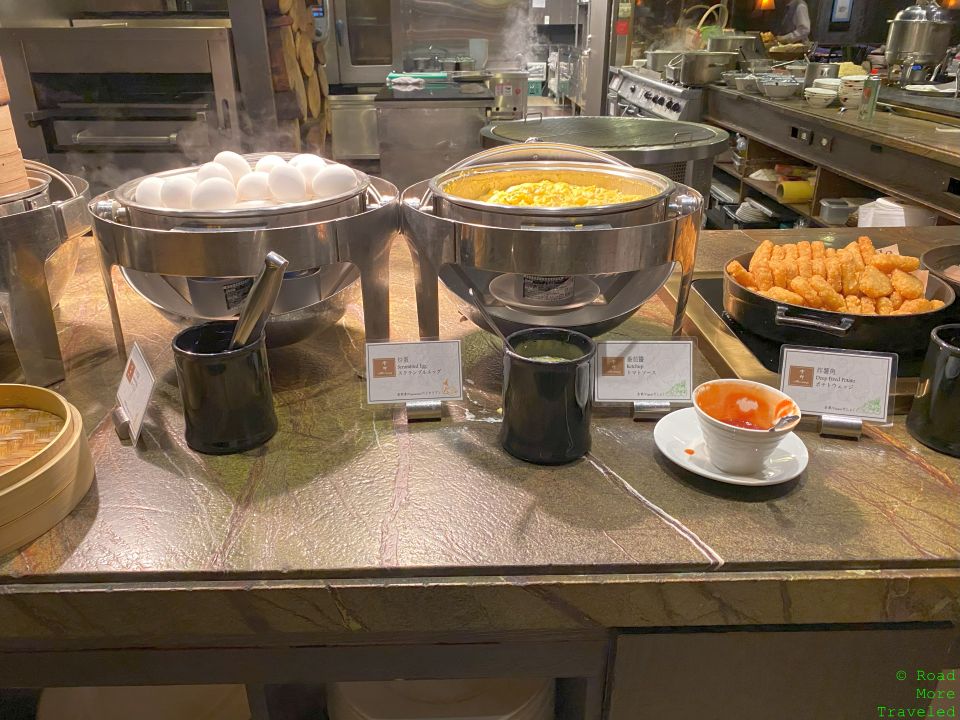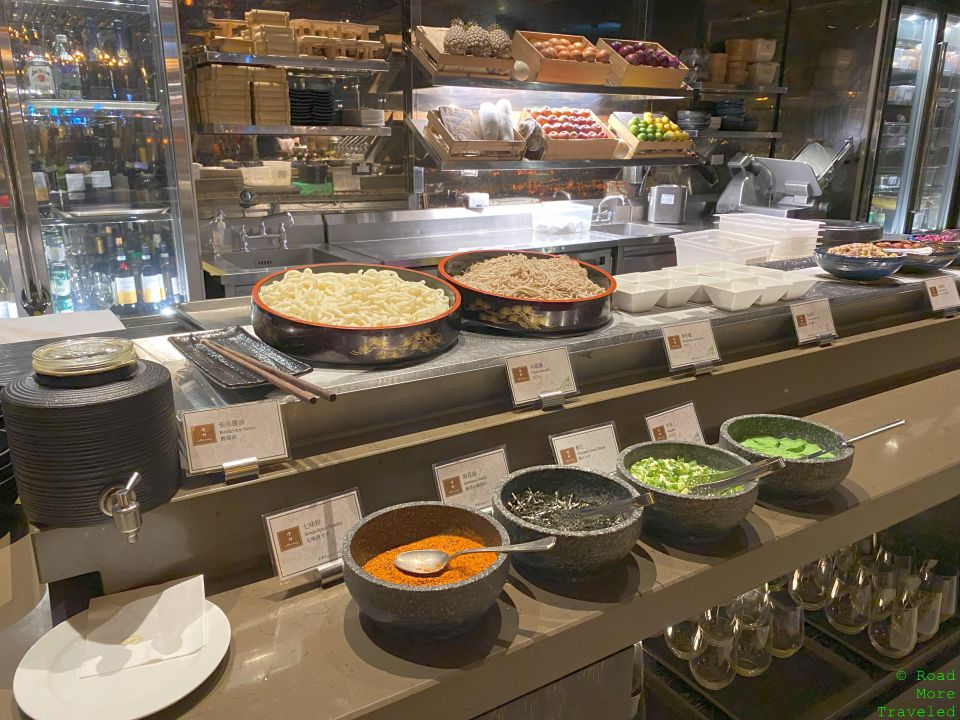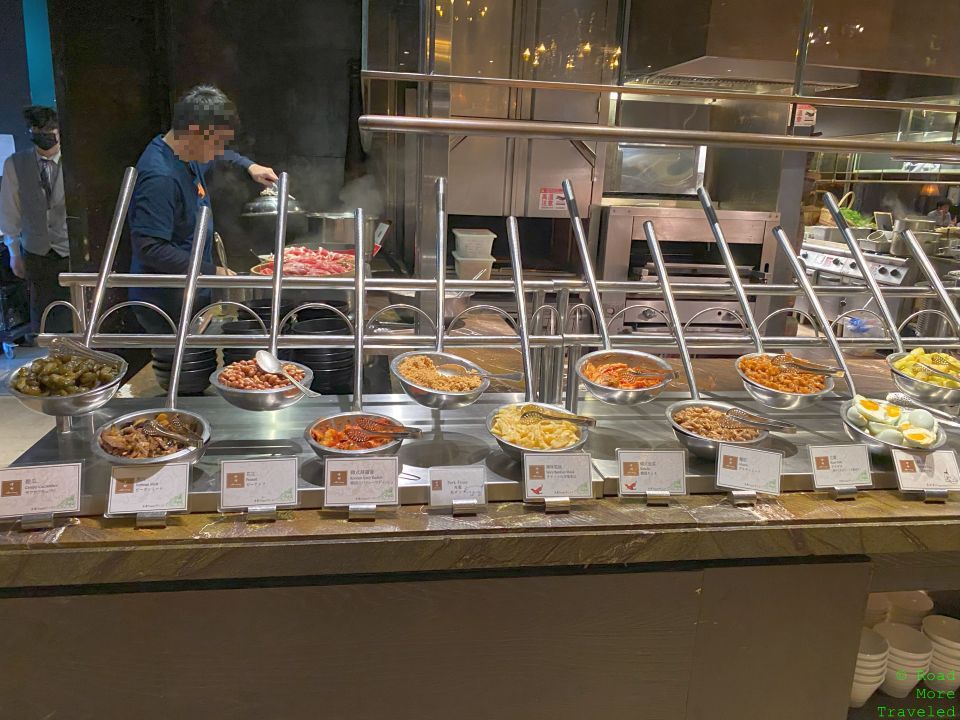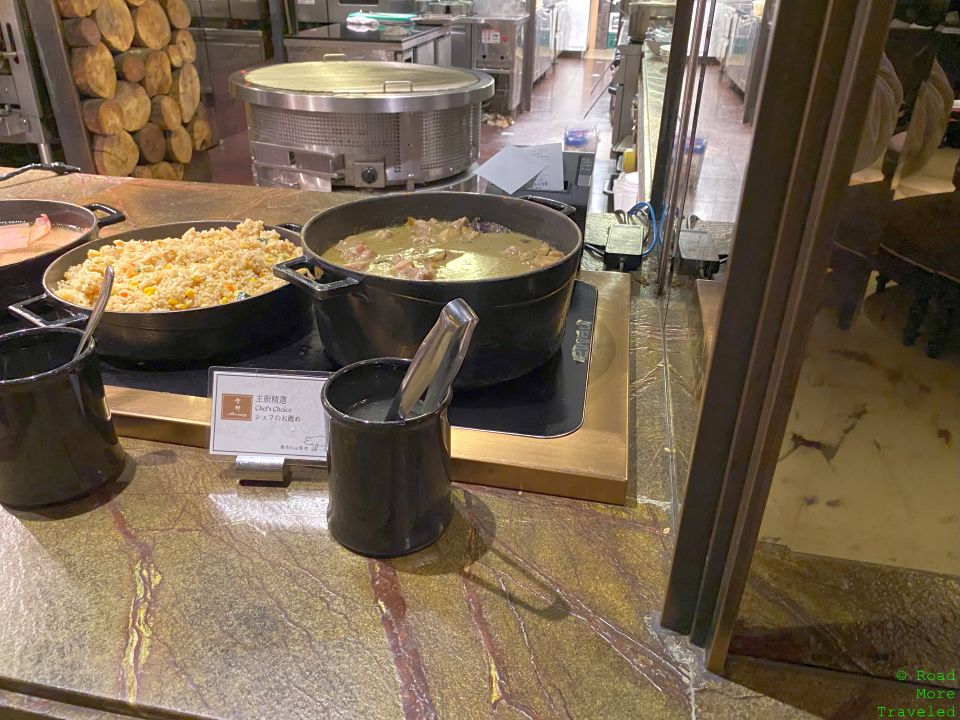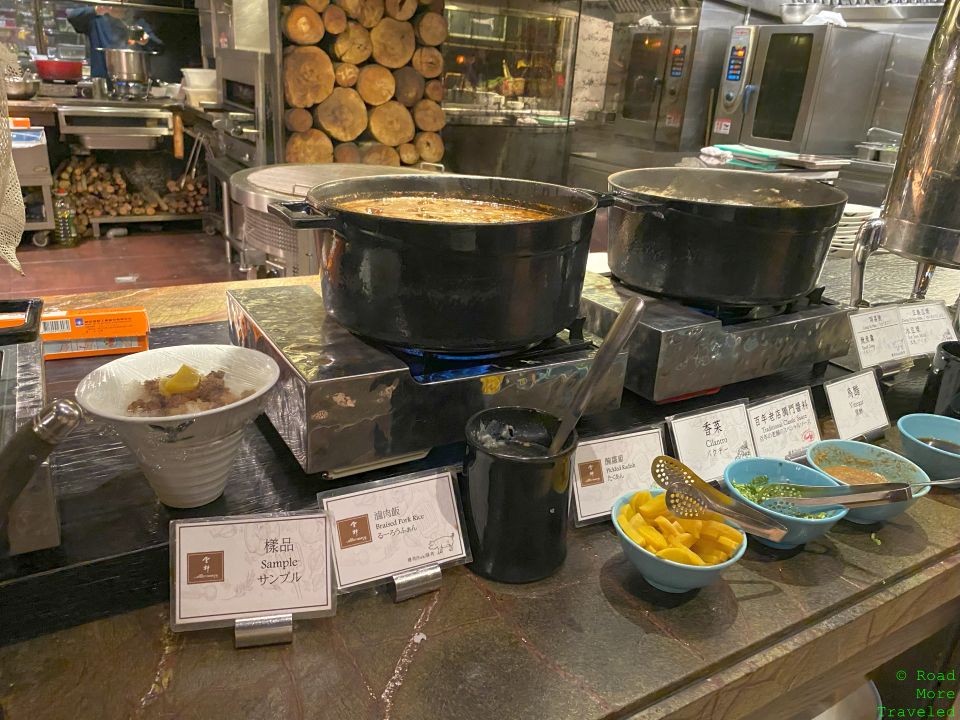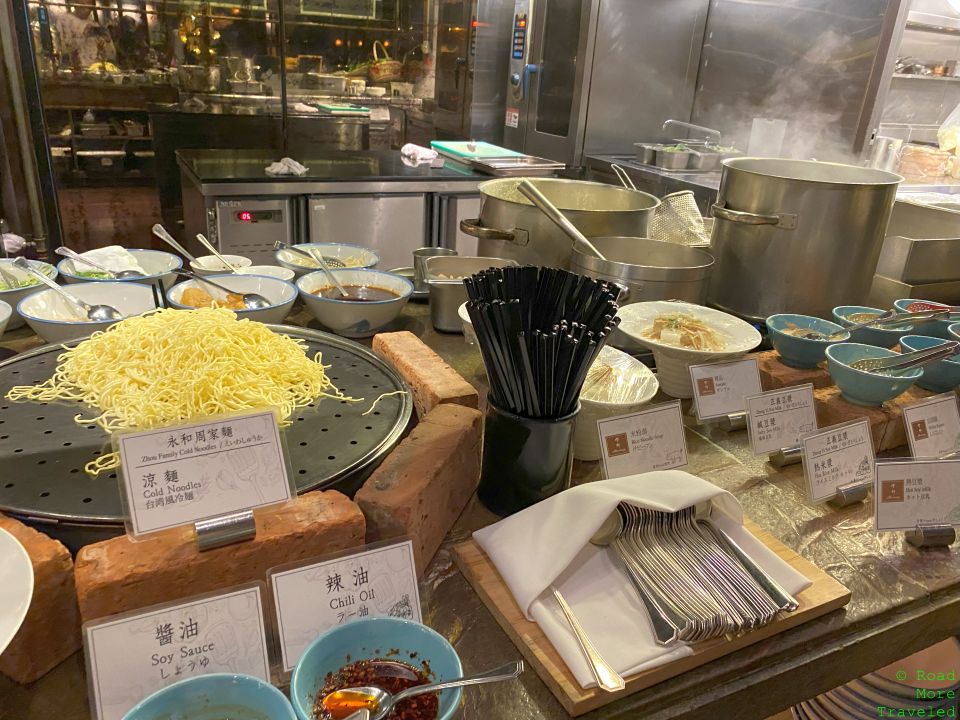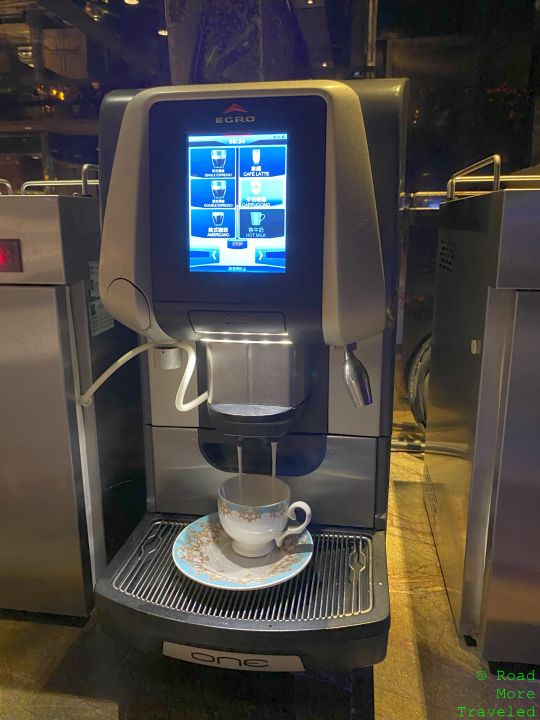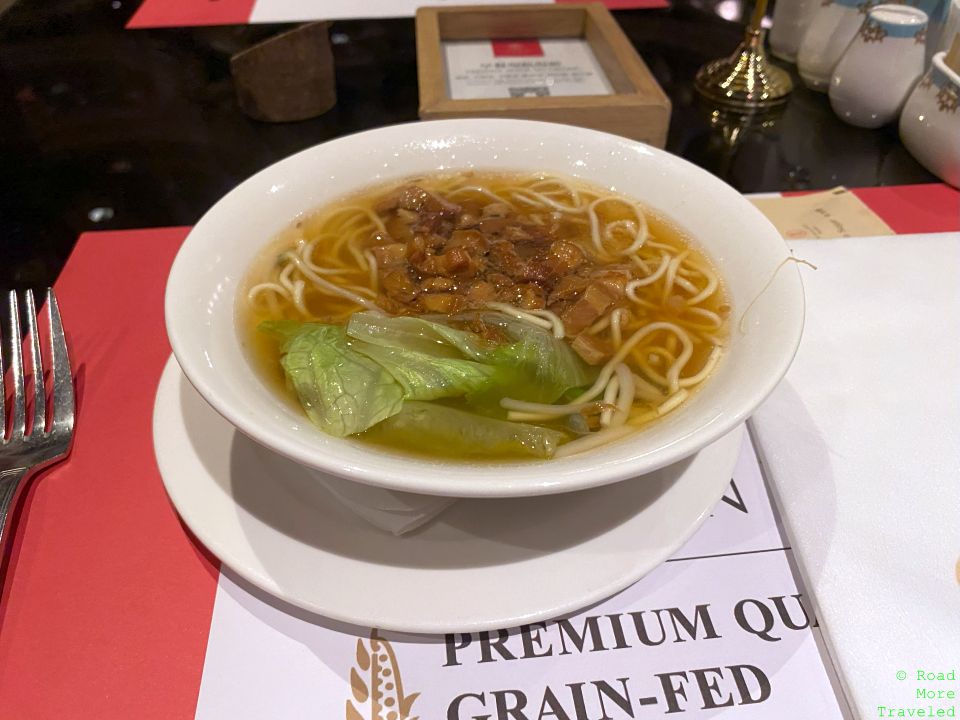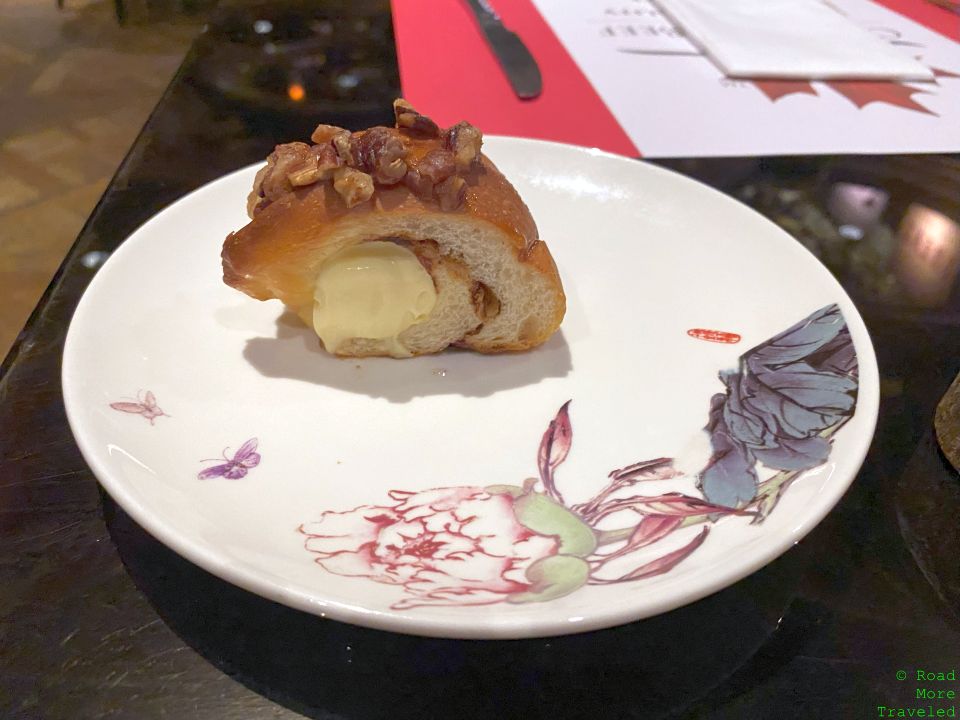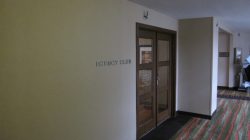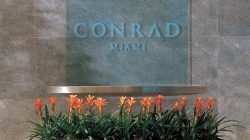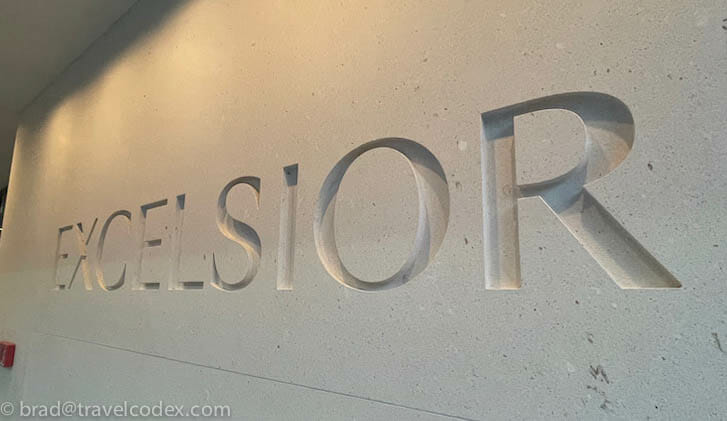For my stay in Taiwan, I picked a local option, the Palais de Chine Hotel Taipei. So what brought me here? Primarily, the location, situated next to Taipei Main Station in the heart of the city center. I found the hotel a bit confused, with sort-of-but-not-quite French luxury intermixed with Asian minimalism. I paid NT$7,020 (~$220) per night for a two night stay at the “Unforgettable Moments” rate. This included breakfast and a one category room upgrade on a minimum 2-night stay.
Note: this is part of my trip report series covering my around-the-world trip to Taiwan in January, 2024. Click here for the trip report index and introductory post.
Palais de Chine Hotel Taipei
- No. 3, Section 1, Chengde Rd, Datong District, Taipei City, Taiwan 103
- Website: https://www.palaisdechinehotel.com/pdc-en
- Features: fitness center, business center, executive lounge, 3 restaurants, tea room, banquet hall, meeting rooms
The Palais de Chine belongs to the LDC Hotels group, which operates several upscale hotels throughout Taiwan. In addition, the group operates higher-end hotels in Mainland China and Italy.
Location
In Taipei’s Datong District, across from Taipei Main Station. Like, literally across the street from Taipei Main. This was the view from my bathroom window.
That makes it an excellent location to explore the city, with easy access pretty much everywhere by bus or MRT. From Taoyuan Airport, the journey on the express train to Taipei Main takes 39 minutes. From Shongshan Airport, the Wenhu and Bannan Lines reach Taipei Main in about 25 minutes. Just beware, if you have heavy baggage, there is a connection required. There is also a direct bus from Shongshan to Taipei Main, which takes 20-35 minutes depending on traffic.
If arriving by taxi, the trip from Taoyuan Airport takes anywhere from 45 to 90 minutes, depending on traffic. From Shongshan Airport, expect a travel time of 15 to 30 minutes.
Finally, the hotel also stands adjacent to the Q Square Mall, which features numerous shops and food options. Several night markets, including Ningxia and Ximending, are easily accessible on foot or via MRT.
Dates of visit: January 26-28, 2024
Check-In and Common Areas
The first thing you’ll notice after stepping inside is the giant horse statue in front of the elevators.

Like many Asian hotels, though, the ground floor doesn’t handle check-in. Instead, check-in occurs on the 6th floor lobby. And yes, it is pretty opulent. Supposedly, much of the furniture and artwork in the hotel is imported from France. But the overall design isn’t the modern French chic you might expect someplace like the La Première lounge. Instead, it’s very much a “classic luxury” look and feel.
There are several interesting design cues throughout the public areas, like this faux fountain.
You’ll also notice artwork throughout the hotel’s public spaces. In fact, the Palais de Chine has such a large collection of art, it offers “Art Tours” of the hotel.
With Chinese New Year around the corner, the lobby also featured a festive display with dragon dance costumes.
Meanwhile, behind the lobby is a sizeable business center and library. And this is where my takeaway of the confused design begins. Yes, the business center features an elegant selection of antique furniture and artwork. But the space, much like others throughout the hotel, is quite dark. Honestly, it looked and felt more like the Concorde Room at Heathrow, or maybe the library in “Clue”, than something French. Anyway, the mix of workstations, sitting areas, and even a coffee/tea machine makes it resemble a small airport lounge. That’s certainly unique.
Meanwhile, on the other side of the elevators is a small outdoor courtyard. There’s not much out here, but it’s a pleasant space to walk around in nice weather. It’s kind of too bad the courtyard isn’t on a higher floor, or you might get a nice view of the city.
The guest room corridors evoke more of a traditional Asian minimalist look, with works of Asian art throughout the hallways.
If you REALLY want to see something fancy, check out the ballroom. The sheer quantity of chandeliers really is something else. The Palais de Chine’s ballroom is a favorite venue for weddings in Taipei, and I can definitely see why.
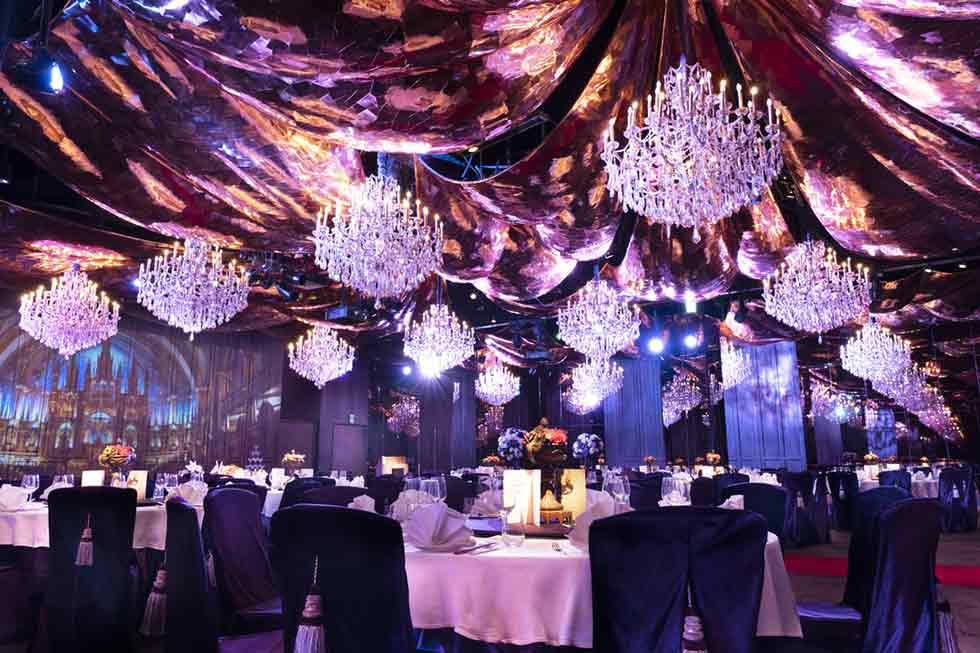
Palais de Chine Hotel Taipei Guest Rooms
I booked a “Superior Queen” room, but as mentioned, the rate included a one category upgrade. At first glance, the room didn’t seem like an upgraded one, as it looked just like the Superior Queen room. Like the corridors, the rooms draw more on Asian minimalism, with a simple, clean design.
One thing that struck me was how small the room seemed at first glance. The bed took up a large portion of the room; it doesn’t even include a sitting area or chaise lounge. I did appreciate that the TV was centered with the bed, making it easy to watch while lying down. Additionally, I found the bed quite comfortable, especially with the numerous pillows provided. It’s not overly firm, as is sometimes the case in Asian hotels.
An oversize desk takes up one end of the room by the TV. The space includes two plugs and USB ports each. Helpfully, the power outlets are the universal type, so you don’t have to worry about bringing an adapter.
At one end of the desk is the “e-Butler”, basically a touchpad version of the guest services directory. You can both look up hotel services, and order room service and make dinner reservations, from the device.
The problem? If you like to work on the bed, the cord won’t reach, unless you have a really long one. The only plug accessible from the bed is one hidden behind the nightstand. I also found the light controls a little hard to figure out. Each button controlled a different fixture, but it took some trial and error to figure out just how to turn off everything at the same time.
Stepping into the bathroom, I figured out where all the space in the room went. It’s locked away in here; the bathroom is palatial. Again in more of an Asian minimalist style, it includes a separate shower, tub, and water closet. While I like big bathrooms, this felt disproportionate to the extreme. I think cutting back a little here to add more space to the room itself makes more sense. You could cut the size by, say, 20% and still have an oversized space.
Toiletries are unbranded products in generic LDC Hotels dispensers. They seem like pretty good quality products, though, and I thought they had a pleasant scent. Note that if you want to use the bathtub, you’ll need to get toiletries from the shower.
This room also had a balcony overlooking the city. I suppose this is what constituted the upgrade, as my room did feature a nice view of the city. Some online reviews suggest the hotel permanently locks the balconies, but I didn’t find this to be the case. There’s no place to sit, so it’s really just there to look out over the city and get some fresh air into the room.
The city view even included a distant glimpse of Taipei 101. Taipei’s constant haze unfortunately dims the view considerably.
Food & Beverage
During my stay, I only visited La Rotisserie, the hotel’s Western restaurant, for breakfast. (The room rate included breakfast for my stay.) This restaurant is on the 6th floor, just to the right of the check-in desk. La Rotisserie had a “Canadian Festival” going on during my stay, hence all the Canadian flags.
The general theme of the hotel continues inside the restaurant. Imported French furniture is interspersed with Chinese art. The chandeliers and plush furniture make the space feel luxurious, though the dim lighting makes it feel a bit stuffy. It was quite crowded both mornings, though I found a seat with no wait.
As expected in an upscale Asian hotel, the spread is enormous, with a variety of Western and Eastern options. Most of the food is offered buffet style, though there are a few cook-to-order stations as well. Starting in the very back corner is the bread and pastry selection.
Also in this corner – a Movenpick ice cream station. A bit bold for breakfast, but a nice additional nonetheless.
The rest of the Western selection consists of cheeses and cold cuts, in addition to large juice dispensers.
There’s also hard boiled and scrambled eggs, along with hash browns.
On the opposite side is the more extensive Eastern selection. One side includes a couple of varieties of noodles, along with various condiments, fresh fruit, and salad.
At the end of the line is some fried rice and a “Chef’s Choice”, which seemed like some kind of fish stew.
Moving on to the next line, you’ll find braised pork rice, cold noodles, condiments, and Chinese breads. I did try a little bit of the braised pork rice. It’s fine, though I found this version very salty. I’m not sure if that’s typical, or if this is just a not very good version.
Coffee machines are in the back corner near the breads, pastries, and ice cream.
In addition to the buffet, there is a limited a la carte menu. Just scan the QR code, and a waiter will bring your order to your table.
One morning, I decided to order the danzai noodles and a cinnamon roll.
Danzai noodles are a traditional southern Taiwanese dish, usually served as a snack. Though typically made with both shrimp and pork, this version contained only pork. I found it quite tasty, sort of like a ramen soup.
In addition to La Rotisserie, the hotel has two highly rated restaurants – Artbrosia, an Italian restaurant that earned a Michelin bib gourmand, and Le Palais, a Chinese restaurant that earned three Michelin stars. For something truly ludicrous, check out the NT$30,880 per person (~$965) “Michelin 3 Star” prix fixe menu.
Final Thoughts
As I said at the beginning, I found this hotel rather perplexing. On the one hand, it’s a charming spot, and the food is quite good. Then again, it feels like a place trying too hard to be chic, and not quite getting it right. And you have guest rooms with palatial bathrooms, but pretty unexciting otherwise. It’s not bad for the price I paid, but I’ll probably try someplace else next time I visit Taipei.

